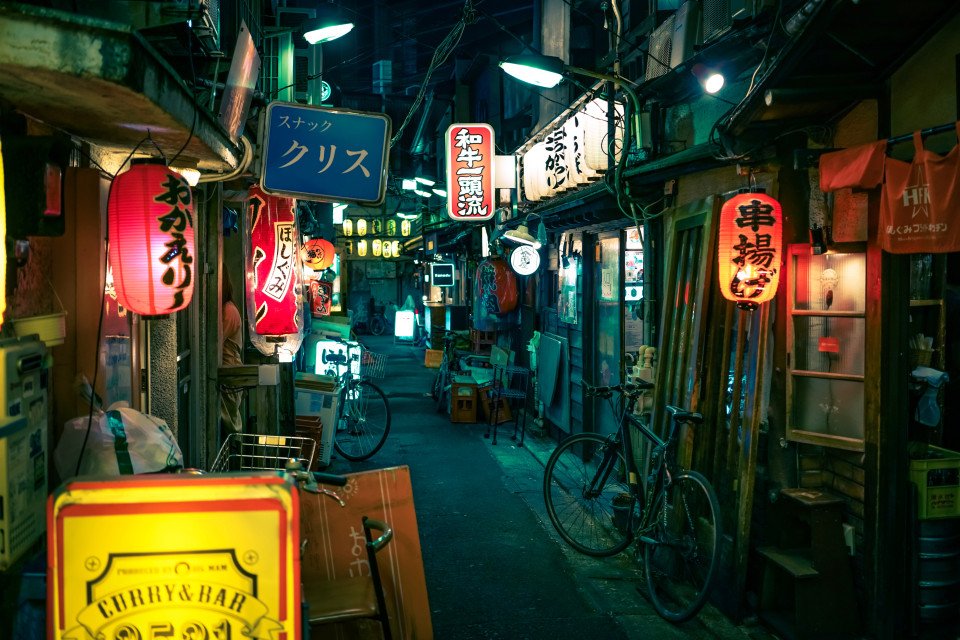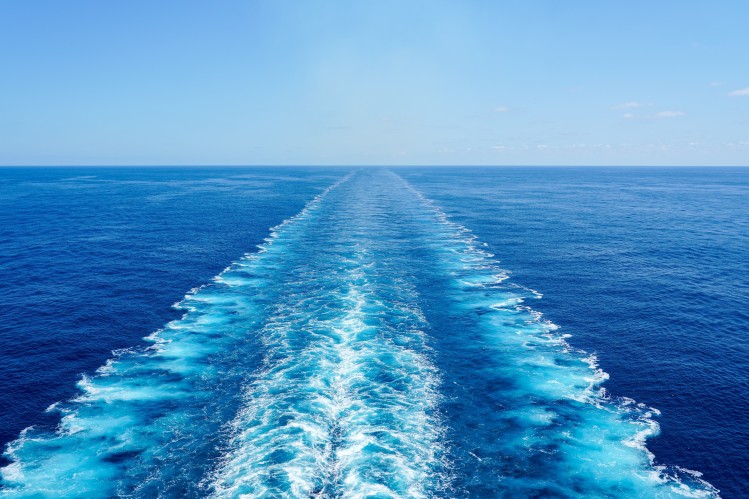Want to add a hotel stay or change your flights?
Just call our team of cruise specialists to help build your dream cruise holiday today!
Prices based on 2 people sharing. Cruise only price does not include flights. Fly-cruise price may vary by chosen UK airport.
(Prices correct as of today’s date, are updated daily, are subject to change and represent genuine availability at time of update).
Cruise only holidays are financially protected by ABTA. Fly cruise holidays are financially protected by Crystal Cruises under ATOL number
Please click here to check the essential travel requirements before booking this cruise.
Itinerary

Tokyo
Lights, sushi, manga! Sprawling, frenetic, and endlessly fascinating, Japan’s capital is a city of contrasts. Shrines and gardens are pockets of calm between famously crowded streets and soaring office buildings. Mom-and-pop noodle houses share street space with Western-style chain re... Read More
Tokyo
Shimizu
Osaka
Osaka
At Sea
Naha, Okinawa
At Sea
Jeju Island
Beppu, Kyushu Island, Oita
Kochi
At Sea
Yokohama
What's Included with
Crystal Cruises
Complimentary meals in every restaurant
Butler service comes as standard for every single suite
The most exquisite patisserie at afternoon tea, and wines and spirits in every bar
All-inclusive program gives you the sense of freedom and peace of mind that comes from knowing everything is taken care of
Evenings are filled with captivating entertainment
All beverages, including non-alcoholic drinks, fine wines, premium spirits, and champagne
Explore Crystal Symphony
Waterside Restaurant
The main dining room, features open seating as well as tables for two and four guests. Open for breakfast, lunch, and dinner. No reservations are required.
Shore Excursion Desk
Bridging shoreside discovery with onboard elegance — the lauded Crystal experience was voted #1 in Condé Nast Traveler’s Readers’ Choice Awards, and the very best for food, service, nightlife and romance in Travel + Leisure’s World’s Best Awards — both Crystal Symphony and Crystal Serenity will offer extended seasons throughout the Mediterranean and Europe. Crystal Symphony will spend the entire year sailing abroad, exploring places from Vietnam, Cambodia, and India to destinations including Qatar, Kuwait, the UAE and Egypt. Crystal Serenity will also navigate the shores of North America, with routes revealing treasures from Canada to the Caribbean.
Casino De Monte-Carlo
Le Casino de Monte-Carlo is offering a new and unique experience onboard. Place your bets on table games with the unique savoir-faire of Monaco’s world-famous casino or get excited to a dynamic range of slots to hit the jackpot. An ultimate way to embrace the thrill of the game in an elegant atmosphere adorned in the hues of the historical building.
Aurὅra Spa
Fantasia & Waves
Specialized fun for junior cruisers.
Deck 12

- Glass Roof
- Wimbledon Court (Paddle Tennis & Pickle Ball)
- Crystal Life Spa & Salon
- Putting Green
- Golf Driving Nets
- Crystal Life Fitness
- Forward Observation Deck
- Stairs
Deck 11

- Palm Court
- Wave's & Fantasia (Children & Teens Spaces)
- Scoops Ice Cream Bar
- Trident Grill
- Seahorse Pool
- Marketplace
- Tastes Kitchen & Bar
- Elevator & Stairs
Deck 10

- Aquamarine Veranda Suite
- Sapphire Veranda Suite
- Crystal Penthouse Suite
- Self-Service Laundry
- Elevator & Stairs
Deck 9

- Junior Crystal Penthouse Suite
- Aquamarine Veranda Suite
- Sapphire Veranda Suite
- Double Guest Room with Veranda
- Self-Service Laundry
- Elevator & Stairs
Deck 8

- Crystal Penthouse Suite
- Sapphire Veranda Suite
- Double Guest Room with Veranda
- Junior Crystal Penthouse Suite
- Sapphire Ocean View Suite
- Double Guest Room with Ocean View
- Elevator & Stairs
- Table Tennis
- Self-Service Laundry
Deck 7

- Sapphire Ocean View Suite
- Single Guest Room with Ocean View
- Double Guest Room with Ocean View
- Shuffle Board Courts
- Elevator & Stairs
Deck 6

- Uma Uma by Nobu Matsuhisa Restaurant and Sushi Bar
- Atrium
- Starlite Club
- Computer University@Sea
- Connoisseur Club
- The Vintage Room
- Crystal Images
- Hollywood Theatre
- Jade Night Club
- The Studio
- Library
- Galaxy Lounge
- Crystal Collection
- Bridge Lounge
- The Bistro
- Avenue Saloon
- Apropos & Facets Onboard Shopping
- Osteria D'Ovidio
Deck 5

- Sapphire Ocean View Suite
- Double Guest Room with Ocean View
- Medical Center
- Concierge Desk
- Reception
- Shore Excursions Desk
- Crystal Cove
- Future Sales Consultant
- Crystal Plaza
- Waterside Restaurant
Crystal Symphony Cabins & Suites


Single Guest Room with Ocean View


Aquamarine Veranda Suite




Crystal Penthouse Suite
Meet Our Luxury Cruise Concierge
Our luxury cruise concierge have been on board a vast array of the finest ships at sea and are always happy to share their first-hand experiences to help curate your dream ultra-luxury voyage. From advising you on the best cruise lines and ships to helping you select from a variety of phenomenal destinations and itineraries, your dedicated concierge is on hand to ensure booking your next cruise is as seamless, smooth and tailored to you as possible.
















-large_thumb.jpg)





-large_thumb.jpg)